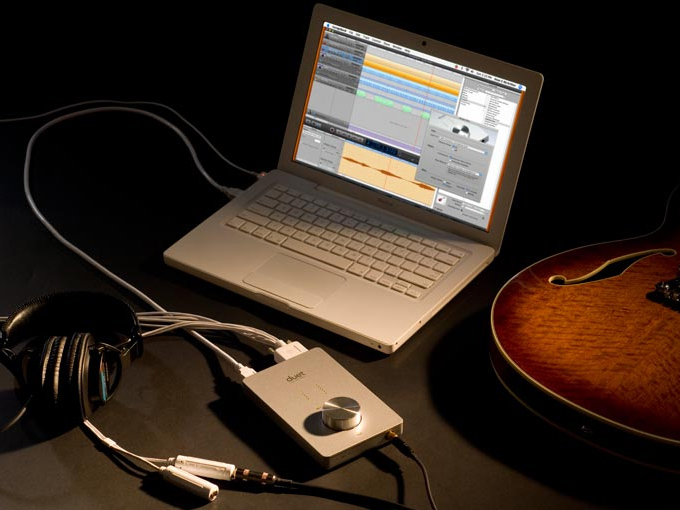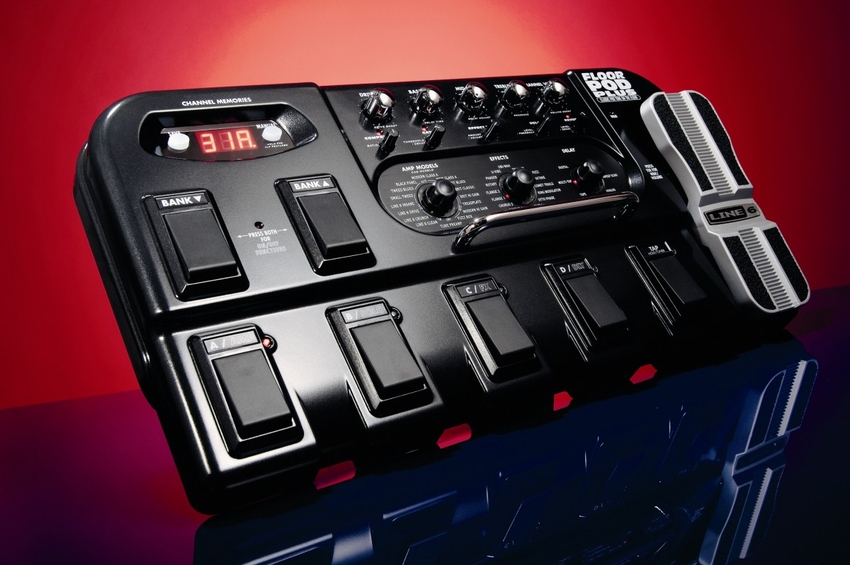8 killer sampling tips for guitarists
Give your sound a hi-tech makeover

It sometimes seems that many 'real' players have run out of new ways to manually coax fresh sounds out of the guitar. These days, it's electronic producers who are pushing the boundaries of the instrument, with their essential ally: the software sampler.
We've put together a list of some of the ways that you can use the combined power of a sampler and a guitar to create imaginative sounds for your music.
1. Build a collection
Consider accumulating a library of strummed chords that you can drop into an arrangement. Collect a number of them from both electric and acoustic guitars in a range of keys. You can then play them in your sampler in interesting and creative ways.
2. Up and down
When compiling a library of strummed chords, be sure to include both upward and downward strokes. This can add a lot of life to a sampled guitar if your sampler supports key-switching or round robin playback.

3. Throw the dice
Chance can be your friend. Play some long, textural stuff into your DAW in the same key as your arrangement and then randomly cut out samples of a bar or two long. Even the most chaotic sound can become a hook once it's looped.
4. Stay dry...
When sampling your guitar, it can be beneficial to exclude any stompboxes and outboard effects from the signal path. You can then take advantage of the flexibility available with your sampler's built-in effects processors.
5. …Or don't
You may very well have specific sounds that are dependent on your stompboxes and effects. If this is the case, you should by all means sample them to impart your sonic signature to the sounds. Nothing's stopping you from adding yet more processing with the sampler!
Want all the hottest music and gear news, reviews, deals, features and more, direct to your inbox? Sign up here.

6. Muting
Your sampler can effectively simulate palm muting with an envelope generator. This works best for single notes or chords. You can create a velocity-sensitive envelope, too, with faster key strokes imparting a less muted sound.
7. Mutation
Looped guitar phrases can be treated in a variety of ways. Try using an envelope follower on rhythm guitar passages and routing the output to, say, the filter cutoff for auto-wah effects. You can modulate other parameters too for some interesting results.
8. Chop
Try applying beat-chopping effects to your sampled guitar riffs. This can be especially effective with rhythm guitar passages. Slice 'em up and experiment with panning, filtering and reversing the slices.